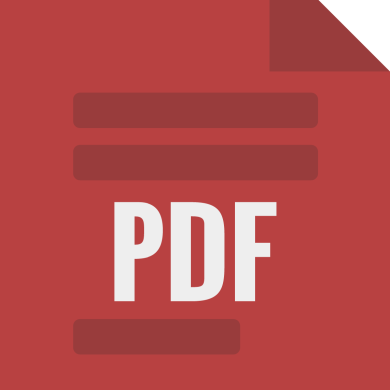

Rather, they were researchers and scientists that developed tools to more effectively design and perform experiments and communicate results.
#Ide for r and python software#
The key point is that S and R developers were not software engineers or computer scientists. The R statistical programming language was developed by professors at the University of Auckland, New Zealand, to extend S beyond its initial implementation. The S language was a precursor to R developed by John Chambers (statistician) at Bell Labs in 1976 as a programming language designed to implement statistics.

Strengths Assessment, R and Python R Strengths Where things get interesting is their differences, which is the source of beauty and power of combining languages to work together in harmony. Both are excellent choices for reproducibile research, a requirement for many industries to validate research methodologies and experiments. Both have packages or libraries that are dedicated to wrangling, preprocessing, and applying machine learning to data. Both R and Python can be used in similar capacities when viewed from a pure machine learning perspective. Part 1: R + Python, Examination of Key Strengthsīoth data science languages are great for business analysis. But, before we get into the ML tutorial, let’s examine the strengths of each language. In this article, we’ll show a quick machine learning (ML) tutorial that integrates both R and Python, showcasing the strengths of the two dominant programming languages.
#Ide for r and python how to#
You’ll end with a nice segment on model quality showing how to detect weaknesses in your model with ggplot2. The ML Tutorial is particularly powerful showcasing the interplay between Python and R. The visualization below summarizes the strengths. The strengths assessment concludes that both R and Python have amazing features that can interplay together. Part 2: R + Python, Integrated Machine Learning Tutorial ( Alert: Technical Details Ahead) - In this part we transition from planning to implementing the data science workflow using both R and Python. Part 1: R + Python, Examination of Key Strengths - In this part we discuss the origins of the languages, key differences, and strengths that can be leveraged within a data science workflow The new tutorial goes through the essential setup tips of the PRO’s - those that use Python from R via reticulate.ĭo a Cluster Analysis with Affinity Propagation Algorithm to make sure Scikit Learn is running. I have a NEW Python + R Tutorial using Python 3.8 and setting up an Anaconda Environment for Scikit Learn, Pandas, Numpy and Matplotlib in 5 minutes! Use feature engineering with timetk to forecast Increased capability - How limited (or unlimited) is your data science team’s output? Increased productivity - How much can your data science team produce that adds value and generates ROI? Increased efficiency - How quickly can your data science team iterate through its workflow? But, in the long term it pays dividends in:

In the short term, it requires more education. This idea of using multiple languages may seem crazy. Build a High Performance Data Science Team that capitalizes on the unique strengths of both languages. Build a High Performance Data Science Team that capitalizes on the unique strengths of both languages.ĭon’t build an “R Shop” or a “Python Shop”. Don’t build an “R Shop” or a “Python Shop”. One of the key points from this article was the use of data science languages as tools in a toolkit. In our recent article, “Case Study: How To Build A High Performance Data Science Team”, we exposed how a real company ( Amadeus Investment Partners) is utilizing a structured workflow that combines talented business experts, data science education, and a communication between subject matter experts and data scientists to achieve best-in-class results in the one of the most competitive industries: investing. However, data science teams tend to get hung up on a “battle” waged between the two leading programming languages for data science: R vs Python. Why? Because, when the ingredients of a “high performance data science team” are present ( refer to this Case Study), organizations are able to generate massive return on investment (ROI). We’re experiencing a fundamental shift in organizations in which “approximately 90% of large global organizations with have a Chief Data Officer by 2019”. Artificial Intelligence (AI) and more specifically, Data Science, are redefining how organizations extract insights from their core business(es). Written by Matt Dancho on October 8, 2018įrom Executive Business Leadership to Data Scientists, we all agree on one thing: A data-driven transformation is happening.

R and Python: How to Integrate the Best of Both into Your Data Science Workflow


 0 kommentar(er)
0 kommentar(er)
